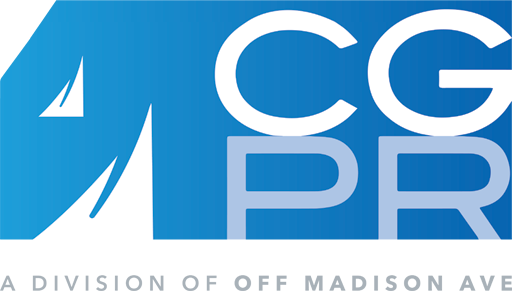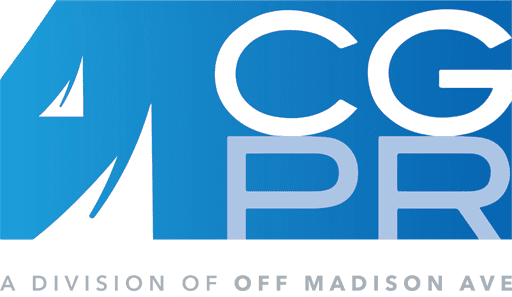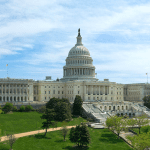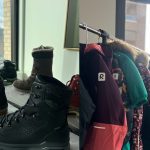
As the US implements a sweeping new round of tariffs on imported goods, leaders across the consumer lifestyle industries are sounding the alarm. While proponents of the policy say the tariffs are meant to protect American manufacturing, many business leaders warn they will lead to higher prices, job losses and economic disruption – especially in industries reliant on complex global supply chains. Our expert contributor Chris Goddard provides an overview.

OIA and Lowa see only costs and no strategy in tariffs
According to its recent survey, some 84 percent of the members of the Outdoor Industry Association (OIA) anticipate negative financial impacts from the new tariffs. These will affect hundreds of outdoor products, they say, and translate into millions of dollars in losses.

“These tariffs will raise costs for American manufacturers, retailers and families,” said OIA President Kent Ebersole. “That’s going to slow growth, put pressure on small and mid-sized outdoor companies, and could force some to close their doors. These tariffs also make it more difficult for global outdoor brands to operate in the US and maintain their American workforce.”
Peter Sachs, General Manager of Lowa, echoed Ebersol’s concerns: “There is nothing strategic about Trump’s tariffs. They will affect all walks of life when purchasing everything from essentials to luxury items. There is nothing in them that will help bring jobs back to the US. In fact, we expect our industry to lose jobs, put openings on hold and cut back spending in marketing and other discretionary purchases as consumers become more cautious. If March’s unemployment numbers were high, April and May’s will be higher. Prices will rise soon, and inflation will follow within the next one to two weeks. If the US was not headed for a recession, it is now.”
Supply chains in winter sports face unique challenges
The winter sports industry, which depends heavily on global supply chains for sourcing and manufacturing, is particularly exposed to tariff disruptions. Brands large and small are reevaluating how to maintain affordability, accessibility and operations as they Head into the peak season.
“With the majority of winter sports products being manufactured outside the United States, these new tariffs are poised to significantly impact our industry,” said Nick Sargent, President of Snowsports Industries America (SIA). “While it remains unclear whether the burden will fall more heavily on brands or consumers, it is certain that these measures will create challenges for the winter sports market. At SIA, we are committed to working with our members to navigate these changes and ensure the continued growth and accessibility of winter sports.”
Jenni Staudacher, Vice President of Supply Chain at Salomon, offered a global perspective on how the tariffs create operational bottlenecks for even the most sophisticated supply chains:
“These tariffs are an added disruption to a system already under pressure. We’ve worked hard to build a diversified global supply chain that can deliver both performance and value. This kind of policy upheaval forces us to rethink everything, from port routes to price points – and fast. For a global brand like Salomon, it’s not about moving one piece of the puzzle – it’s about recalibrating the entire system without compromising quality or access for our customers.”
Ben Ryan, Vice President and Advisory Board Member of LifeLabs, emphasized how these changes could also lead to long-term ripple effects throughout the outdoor sector: “Our role as a technology provider to leading outdoor brands is to be able to remain agile and adaptable to the supply chain choices of brand partners. The impact on consumers will be felt based on the country Tier-one cut/sew manufacturer rather than the raw materials – but the trickle-down effect of these rushed tariffs is likely to be lower overall sales, due to price hikes, and a potential inventory overstock, like the challenges many brands faced during Covid. Smaller outdoor brands simply cannot absorb these changes, as they rely on decades-long relationships where factory owners are treated like family. Brands with strong values and commitments to their partners will not want to simply cut ties and run to another country for manufacturing.”
Small businesses and startups in the sports industry hit hardest

While larger companies are recalibrating at scale, many smaller brands and startups are struggling to survive the added costs and uncertainty.
Wild Rye, a women-owned small business specializing in technical outdoor apparel, is among those feeling immediate pressure. “With compiled duties now ranging from 61 percent to 89.5 percent on our technical outdoor apparel, these tariffs threaten not just our business but the future of innovation, entrepreneurship and fair competition in the outdoor industry,” said Cassie Abel, founder and CEO of Wild Rye.
Abel added, “If the goal of these tariffs is to bring manufacturing back to the US, this is not the way to do it. The reality is that America lacks the necessary infrastructure, technology and skilled labor to support the technical apparel industry at scale. Wild Rye initially aimed to manufacture in the US but quickly realized that the domestic supply chain couldn’t support the specialized production we required – nearly sinking our business before we even launched.”

Maria Boustead, founder of Po Campo, which manufactures sustainable bike bags, shared a similarly dire forecast:
“Early this week, after reviewing our Q1 numbers against our Q2 projections, I said to the team: ‘Unless something cataclysmic happens, like Covid-level cataclysmic, we’re in really good shape.’ Then Wednesday happened. If current tariffs stand, I’m doubting the feasibility of our entire business model. We’re a small but growing business that manufactures bags in Vietnam and sells directly to customers and wholesalers. If a 3 percent variance in costs requires adjustments, what will a 46 percent tariff mean? We must rethink everything – whether we adopt AI faster, radically change our product or hunker down and hope this passes.”
Retail and consumer impact
As consumer confidence wavers in the face of rising prices, outdoor retailers and brand partners are expressing concern about how to keep products moving off the shelves without alienating price-sensitive shoppers.
Sean Smith, Show Director of Outdoor Retailer, noted the importance of working together:
“There’s no doubt that the new tariffs are a huge blow to the outdoor industry – and could not come at a worse time. Retailers have been battling, and brands were already working on strategies for the initial tariffs. This new round is going to feel like starting all over again, but with a much bigger mountain to climb. However, it’s critical for the industry to remember that we’ve been here before (2009 for example), and now is the time for buyers and brands to connect and discuss plans, products, pricing, strategy and future business. We are not in the at-once business, so we need to work together on how this industry will get through another major challenge by remaining united and collaborative.”
A adapted sourcing strategy isn’t the solution
With ripple effects hitting everything from pricing and sourcing to inventory planning and retail partnerships, many companies are trying to stay agile.
Mike Massey, CEO and founder of Locally, emphasized the importance of adaptability:
“Tariffs create volatility that complicates demand planning and forecasting. Our role at Locally is to provide brands with flexible infrastructure to maintain product availability and visibility at the store level, even as global inputs shift.”
Kenny Ballard, President of Mustang Survival, stressed that even companies with diversified sourcing strategies are feeling the shockwaves:
“The impact of the recent tariff and global retaliatory tariffs has added a level of complexity and uncertainty that will dramatically change the global market. While we have a diversified manufacturing and sourcing base – including owned manufacturing in Canada and the US – we cannot respond quickly enough to offset the negative global implications of these tariffs on the recreational side of our business. The impact on pricing alone across all segments of the manufacturing base will result in higher prices, reduced purchases, increased uncertainty and significant consolidation at both the retail and manufacturing levels.”
Sports and outdoor industry faces volatility and challenges
While the long-term impact of these tariffs remains to be seen, the short-term message from the sports and outdoor industry is clear: higher costs, supply chain volatility and strategic upheaval are here.
From small startups to global winter sports brands, outdoor and winter sport companies are traveling through an economic landscape that threatens access, affordability and innovation.
Whether through advocacy, collaboration or strategic adaptation, industry leaders agree on one thing: the outdoor industry must remain united to protect both its businesses and the communities it serves. This is not just about gear – it’s about access, equity and the future of outdoor recreation in America.











